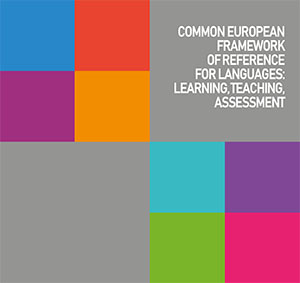Online interaction in the classroom
Online interaction is characterized by changes in language and increasing multimodality; it involves multiple remote social actors flexibly remixing media and texts to support messages in both synchronous and asynchronous modes. The descriptors for online interaction form a basis for analysing what learners do and need in the real world in order to serve those needs in digitally-enhanced, action-oriented learning scenarios.
Workshops
Digital post-Covid: What have we learnt? (2023: Bernd Rüschoff and Aline Germain-Rutherford)
Digital agency in social practice and language education: The CEFR Companion volume and online interaction (2021: Bernd Rüschoff)
Documents
Examples of use in different domains for descriptors of online interaction (CEFR Companion volume - Appendix 5)
Websites
Digital literacy for the teaching and learning of languages (E-Lang project)
Articles
Focus on online interaction: a pilot project in Italy (2022: Gisella Langé et al.) Ch. 9 in 16 in Enriching 21st century language education: The CEFR Companion volume in practice.
Application of Companion volume descriptors in CLIL settings (2022: Emma Abbate). Ch. 10 in Enriching 21st century language education: The CEFR Companion volume in practice.
Student engagement – online interaction & language learning (2022: Gigi Saurer). Ch. 11 in Enriching 21st century language education: The CEFR Companion volume in practice.
Learning by doing: Putting the CEFR descriptors for online interaction and mediation into practice by teacher trainees (2022: Agnieszka Gadomska) Ch. 19 in Enriching 21st century language education: The CEFR Companion volume in practice.



